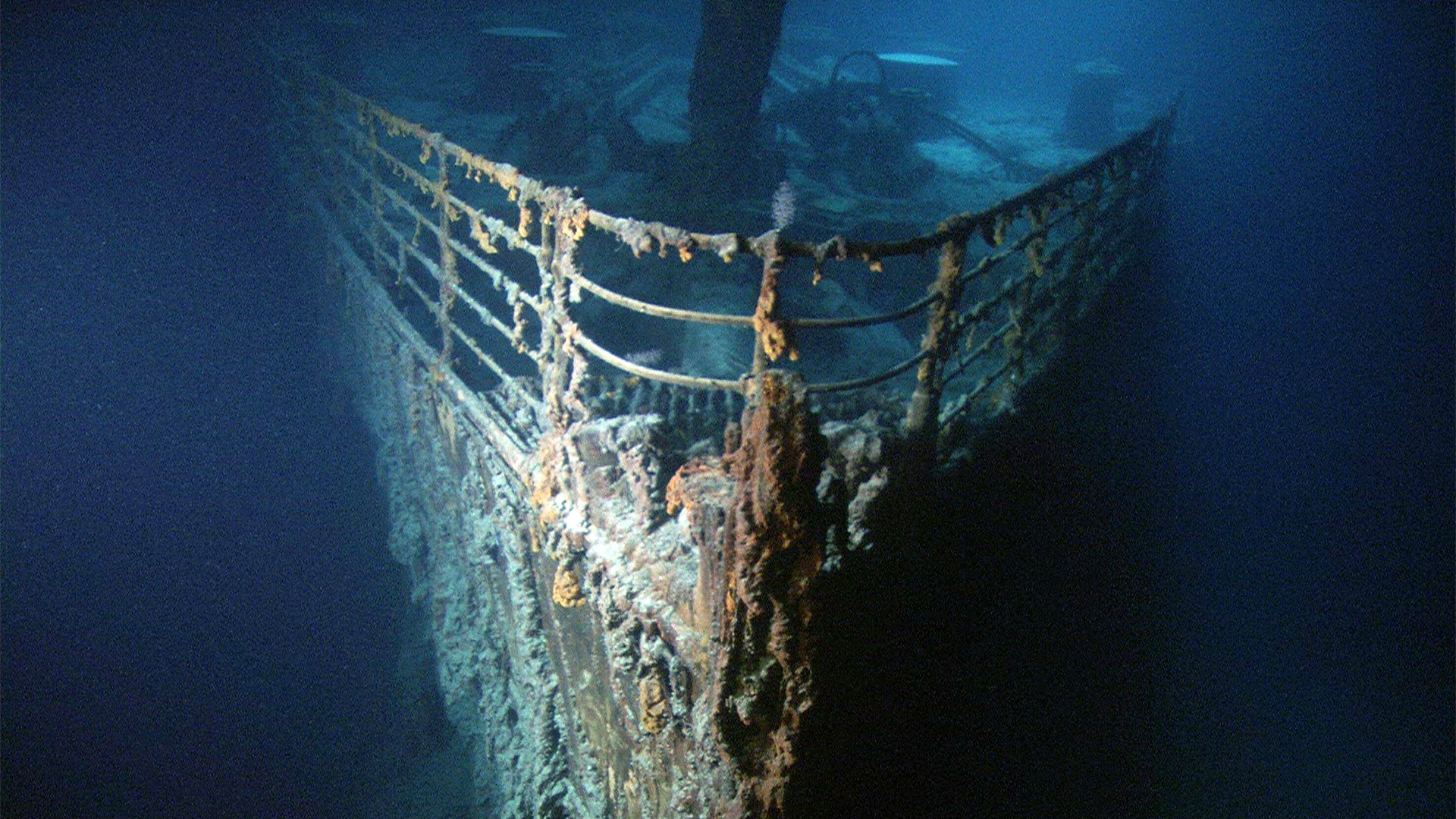What’s NASA Trying to Find at the Bottom of the Ocean?
**NASA and Deep Ocean Exploration: From the Seabed to Space**

There are surprising similarities between deep space and the ocean floor. Both are dark, cold places with extreme pressures that make it impossible for humans to survive without equipment. Explorers face zero gravity or floating in these environments. Both the ocean and space are filled with unsolved mysteries, including never-before-seen creatures in the deep sea and unknowns in the dark corners of space.
NASA, known for its space exploration, has turned its attention to surveying the deepest waters of the ocean. NASA had previously not focused on the ocean, but in 1978 it launched the SEASAT satellite to study the ocean surface and factors such as temperature, wind, and waves. These programs have helped NASA better understand the ocean’s influence on global climate.
**Underwater Camp and Astronaut Training**
Another major breakthrough came when NASA used the underwater research station *Aquarius Reef Base* as a place to simulate living conditions in space. The station is located off the coast of Florida, 19 meters underwater, and was built in 1986 to serve biologists studying the marine environment through the method of *saturation diving*. NASA astronauts are brought here to adapt to the confined space and harsh conditions, similar to those on the International Space Station (ISS). This training program is called NEEMO (NASA Extreme Environment Mission Operations), with 23 missions having been carried out, lasting from 1 to 3 weeks.
**Preparing to Explore the Ocean Beyond the Planet**
NASA not only focuses on training humans, but also develops technologies for future missions to distant planets and moons. A typical example is the plan to explore Europa, a moon of Jupiter that is believed to contain twice as much water as all of Earth’s oceans. Although it lies under a kilometer-thick layer of ice and is not exposed to sunlight, Europa is a strong candidate for life because the boundary between liquid water and the core could create conditions for organisms to grow.
NASA plans to use a *cryobot* probe capable of penetrating the thick ice using nuclear power to reach Europa’s ocean. The probe must operate completely autonomously and withstand extreme pressure, since no radio signals can be transmitted directly from an alien ocean to Earth.
**Lessons from the Bottom of Earth’s Ocean**
The deepest parts of Earth’s ocean, such as the Mariana Trench, have pressures 1,100 times higher than those at the surface of water and can crush any object that is not strong enough. However, explorers have found abundant life around hydrothermal vents, including giant tube worms, crabs and unique fish. These creatures have adapted to survive in conditions that are hard for humans to imagine, opening up hope for the possibility of extraterrestrial life.
In 2014, NASA tested the *Nereus* submarine in the Kermadec Trench in New Zealand, but the vessel was crushed by the extreme pressure. NASA has since developed a smaller, lighter submarine, *Orpheus*, with the hope of using it for both underwater and space missions. The Orpheus is currently being tested in shallow water and has the potential to be a tool for exploring extraterrestrial oceans.
**The Connection Between Space and Ocean**
NASA believes that studying the deep sea will help better prepare for future space missions. In 2023, scientists gathered at the California Institute of Technology and concluded that exploring extraterrestrial oceans is not only possible, but also scientifically valuable.
The discovery of life in extraterrestrial oceans, if successful, would change the way we think about the possibility of life in the universe. This could show that life is not only rare but could be common, opening a new era in the exploration of other worlds beyond Earth.








